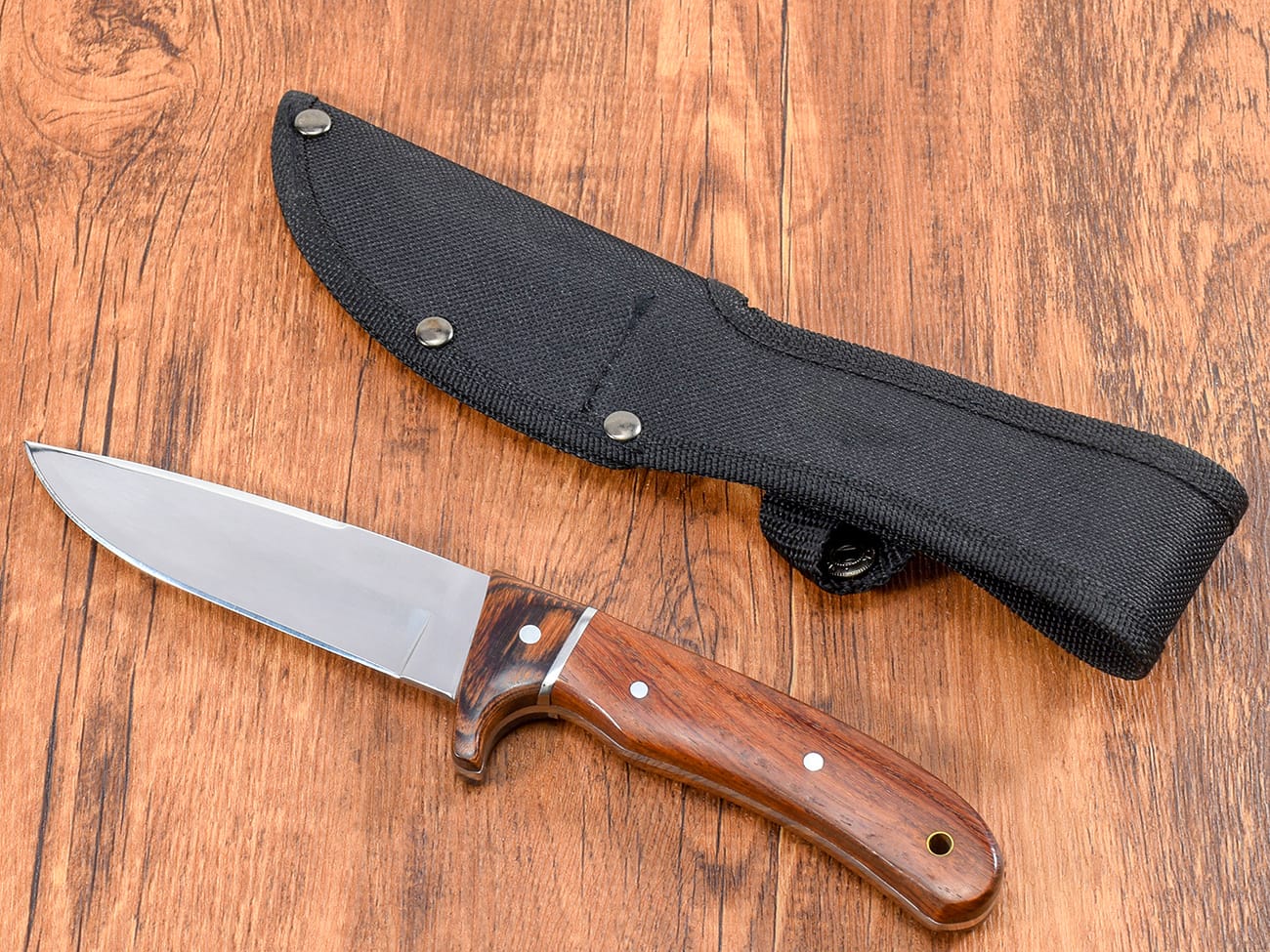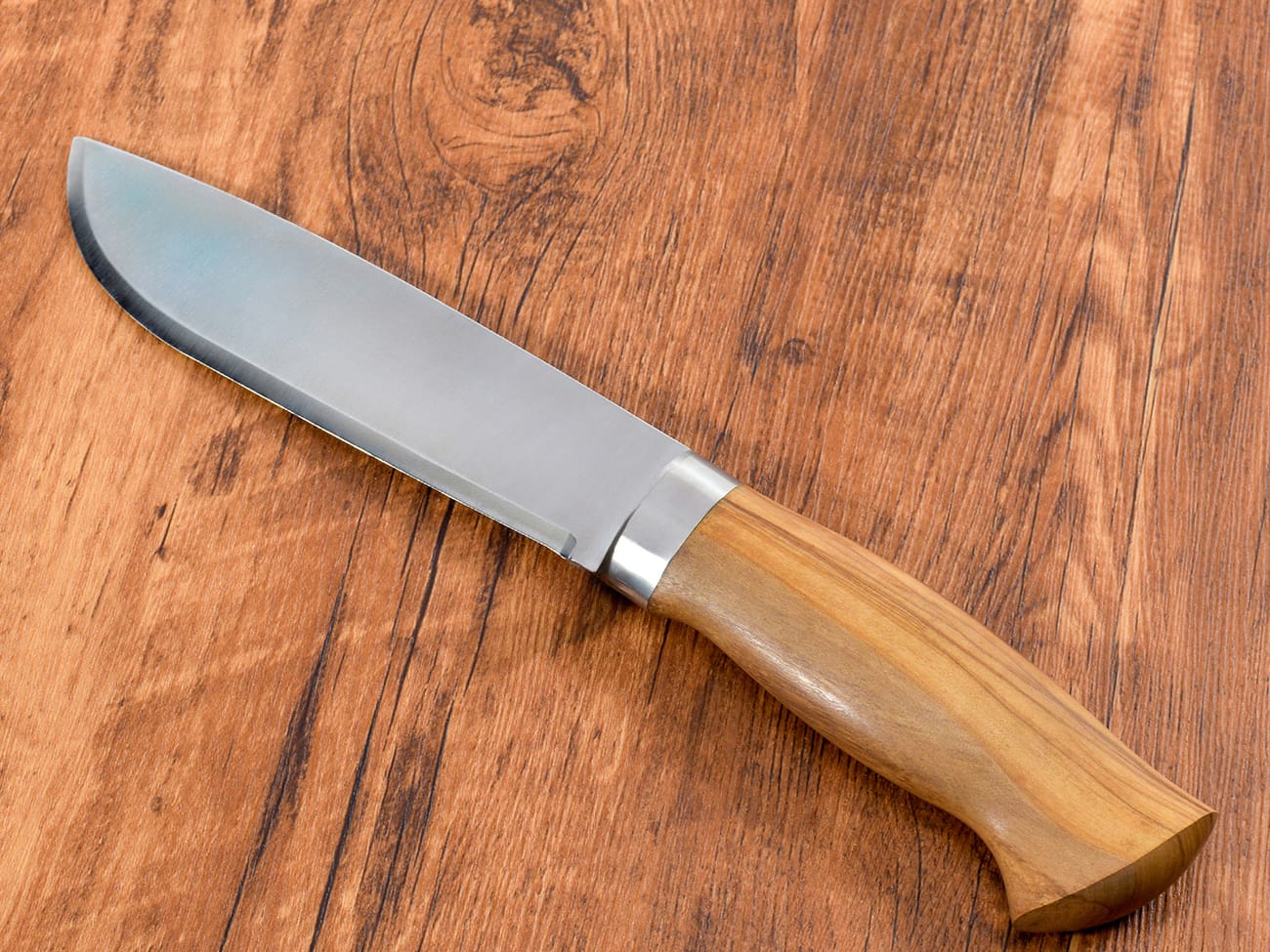Are you a knife enthusiast or an avid hunter looking to understand the nuances of hunting knife blade shapes? You’ve come to the right place! In this comprehensive guide, we’ll explore the fascinating world of hunting knife blades, their various shapes, and how each design impacts performance in the field. Whether you’re a seasoned hunter or just starting your outdoor adventures, this article will equip you with valuable knowledge to choose the perfect blade for your needs.
Why Different Blade Shapes Matter in Hunting Knives
Before we dive into the specifics, it’s essential to understand why blade shapes are crucial for hunting knives. The shape of a knife blade directly affects its functionality, determining how well it performs various tasks such as skinning, gutting, and general cutting. Each blade shape has its unique strengths and weaknesses, making certain designs more suitable for specific hunting applications.Now, let’s explore the characteristics of various hunting knife blade shapes:
1. What Makes the Drop Point Blade a Hunter’s Favorite?
The drop point blade is one of the most popular choices among hunters, and for good reason. This versatile blade shape features a spine that gently slopes down towards the tip, creating a strong and easily controlled point. Here are some key characteristics of the drop point blade:
- Excellent all-purpose design for various hunting tasks
- Strong, durable tip that’s less likely to break during heavy use
- Large belly area for efficient slicing and skinning
- Good control for precise cuts, reducing the risk of accidental punctures
Drop point blades are a popular choice for hunting knives due to their versatility and durability in the field.
2. How Does the Clip Point Blade Enhance Precision in Hunting?
The clip point blade is another popular choice among hunters, characterized by a concave cut-out (or “clip”) near the spine of the blade. This design offers several advantages for hunting applications:
- Sharp, fine tip for precise work and piercing
- Excellent for detailed tasks like field dressing and caping
- Versatile blade shape suitable for both hunting and everyday carry
- Good slicing ability due to the blade’s belly
While the clip point excels in precision work, it’s worth noting that the fine tip may be more prone to breaking under heavy use compared to a drop point blade.
3. What Are the Advantages of a Trailing Point Blade for Skinning?
The trailing point blade is characterized by its upward-curving spine, which creates a large belly and a raised tip. This unique design offers several benefits for hunters, particularly when it comes to skinning:
- Extensive cutting edge for long, sweeping cuts
- Large belly area ideal for skinning and slicing
- Raised tip helps prevent accidental punctures during skinning
- Excellent for separating meat from hide
While the trailing point excels in skinning tasks, its raised tip may be less suitable for general-purpose cutting and piercing compared to other blade shapes.
4. Why Choose a Gut Hook Blade for Field Dressing?
The gut hook blade is a specialized design featuring a sharpened hook on the spine of the blade. This unique characteristic makes it particularly useful for specific hunting tasks:
- Excellent for opening up game animals during field dressing
- Reduces the risk of puncturing internal organs while dressing
- Can be combined with other blade shapes for versatility
- Efficient for creating clean, straight cuts in hide
It’s important to note that while gut hooks are highly effective for their intended purpose, they may be less versatile for general cutting tasks compared to other blade shapes.
5. How Does the Spear Point Blade Perform in Hunting Scenarios?
The spear point blade is symmetrical, with both edges rising and falling equally to meet at the tip. While less common in hunting knives, it offers some unique advantages:
- Strong, centered point ideal for piercing
- Balanced design for both cutting and stabbing tasks
- Suitable for skinning when combined with a curved belly
- Aesthetically pleasing and classic look
Spear point blades can be found in some hunting and utility knives, offering a good balance of piercing and cutting abilities.
6. What Role Does the Tanto Blade Play in Hunting Knives?
The tanto blade, inspired by Japanese sword design, features a high point with a flat grind and a sharp, angled tip. While not traditionally associated with hunting, some modern hunters appreciate its unique characteristics:
- Extremely strong tip for piercing tough materials
- Good for cutting through thick hide and cartilage
- Suitable for batoning wood in survival situations
- Less ideal for slicing tasks due to the lack of belly
Tanto blades are less common in dedicated hunting knives but can be found in some multi-purpose outdoor knives.
7. How Do Straight Back Blades Contribute to Hunting Tasks?
The straight back blade, also known as a normal blade, features a straight spine with a curved cutting edge. This classic design offers several benefits for hunters:
- Versatile shape suitable for various cutting tasks
- Good balance of slicing and piercing abilities
- Strong spine for applying pressure during heavy cutting
- Easy to sharpen and maintain in the field
Straight back blades are often found in traditional hunting knives and offer reliable performance for a wide range of tasks.
8. What Makes the Hawkbill Blade Unique for Hunters?
The hawkbill blade features a dramatically curved cutting edge that hooks downward, resembling a hawk’s beak. While less common in general-purpose hunting knives, it offers some specialized advantages:
- Excellent for pull cuts and hooking motions
- Ideal for removing hide and creating long, sweeping cuts
- Good for cutting rope and other fibrous materials in the field
- Less suitable for general cutting and slicing tasks
Hawkbill blades are often found in specialized skinning knives or as part of a hunter’s multi-knife kit.
9. How Do Serrated Edges Enhance Hunting Knife Performance?
While not a blade shape per se, serrated edges are an important feature to consider in hunting knives. Many hunting knives incorporate partially serrated edges along with a plain edge. Here’s how serrations can benefit hunters:
- Excellent for cutting through tough, fibrous materials like rope or vegetation
- Maintain cutting ability even when the plain edge dulls
- Useful for sawing through bone or cartilage during field dressing
- Can be combined with various blade shapes for increased versatility
It’s worth noting that serrated edges can be more challenging to sharpen in the field compared to plain edges.
10. What Factors Should You Consider When Choosing a Hunting Knife Blade Shape?
When selecting a hunting knife blade shape, consider the following factors:
- Primary hunting tasks (e.g., skinning, field dressing, general purpose)
- Type of game you typically hunt
- Personal preference and comfort with different blade shapes
- Blade material and durability
- Ease of maintenance and sharpening in the field
- Local regulations regarding knife blade length and design
Remember that there’s no one-size-fits-all solution, and many hunters carry multiple knives with different blade shapes to cover all their needs.

A custom hunting knife with a drop point blade and rose wood handle, perfect for various hunting tasks.In conclusion, understanding the characteristics of different hunting knife blade shapes is crucial for selecting the right tool for your outdoor adventures. Each design offers unique advantages, and the best choice depends on your specific needs and preferences. Whether you opt for a versatile drop point, a precision-oriented clip point, or a specialized gut hook, the right blade shape can significantly enhance your hunting experience.Remember these key points when choosing your hunting knife blade:
- Drop point blades offer versatility and durability
- Clip point blades excel in precision work
- Trailing point blades are ideal for skinning
- Gut hooks are specialized for field dressing
- Consider carrying multiple blade shapes for different tasks
- Match the blade shape to your primary hunting activities
- Don’t forget to factor in blade material and overall knife quality
By carefully considering these factors and understanding the unique characteristics of each blade shape, you’ll be well-equipped to choose the perfect hunting knife for your needs. Happy hunting!



